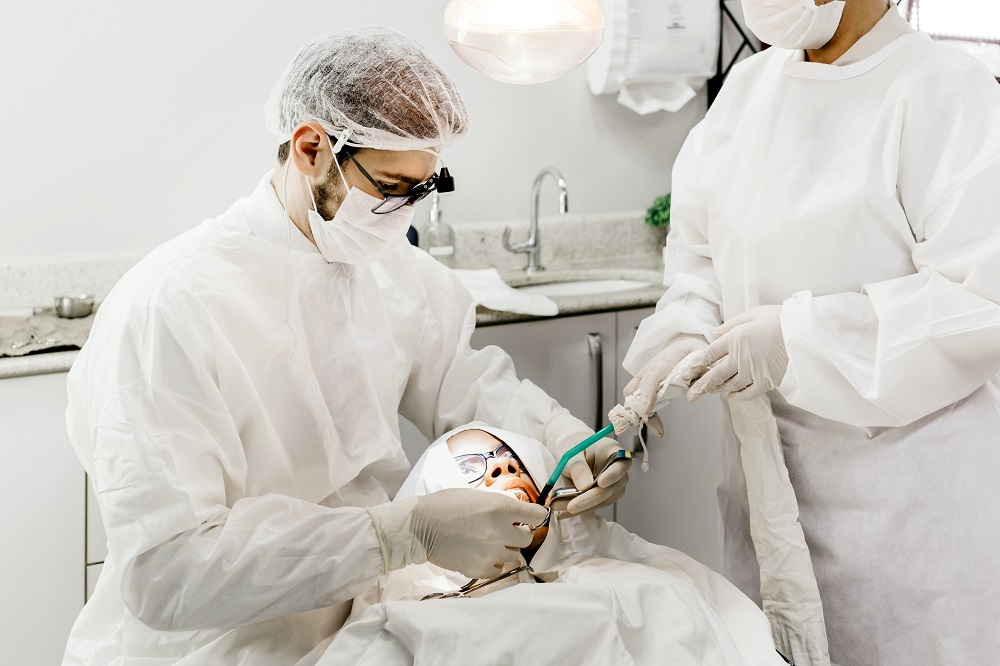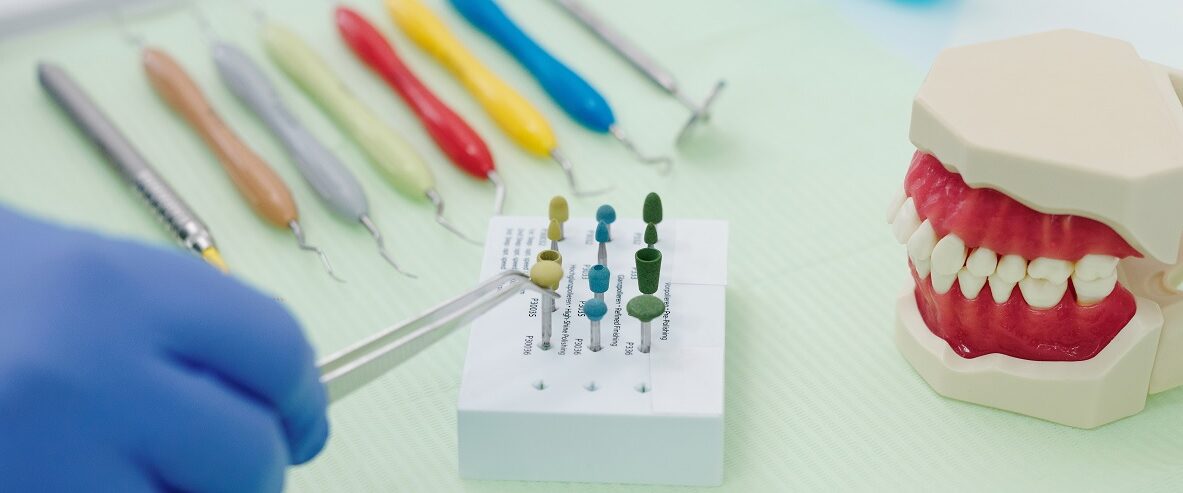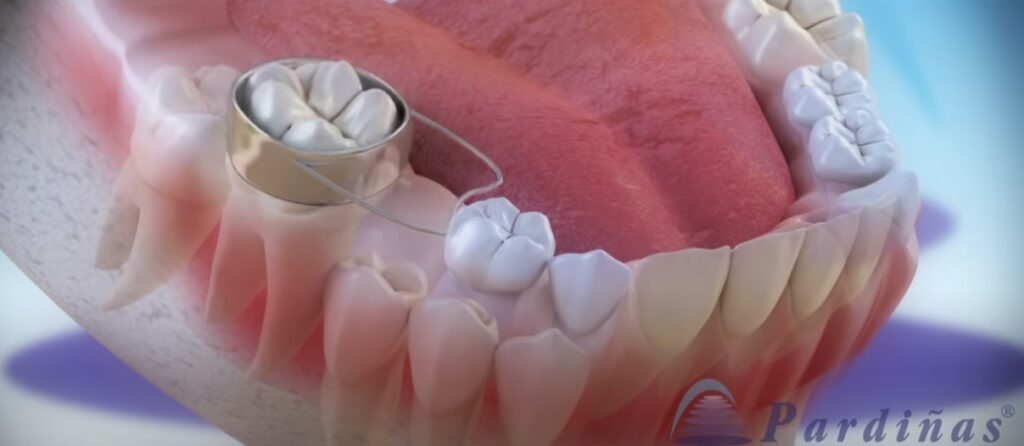
When it comes to orthodontic treatment, braces and aligners are often the go-to solutions for correcting misaligned teeth. However, in certain cases, orthodontic surgery may be recommended to achieve optimal results. Orthodontic surgery, also known as orthognathic surgery, is a specialized branch of dentistry that focuses on correcting skeletal and jaw irregularities. In this article, we will explore the purpose, procedures, and benefits of orthodontic surgery in transforming smiles and achieving jaw harmony.
What is Orthodontic Surgery?
Orthodontic surgery involves surgical intervention to reposition the jaws and correct skeletal irregularities that contribute to bite problems, facial asymmetry, and other functional and aesthetic concerns. It is typically performed in collaboration between an orthodontist and an oral and maxillofacial surgeon.
Orthodontic surgery is usually considered when orthodontic treatment alone cannot effectively address severe jaw discrepancies or when the underlying cause of the malocclusion is skeletal in nature. It aims to achieve a harmonious balance between the upper and lower jaws, improving facial aesthetics, bite function, and overall oral health.
Procedures in Orthodontic Surgery
1. Orthodontic Evaluation: Before recommending orthodontic surgery, a comprehensive evaluation is conducted. This includes a thorough examination of the teeth, jaws, facial structure, and bite, along with the use of diagnostic imaging such as X-rays, photographs, and 3D imaging.
2. Pre-Surgical Orthodontic Treatment: In most cases, patients undergo a phase of pre-surgical orthodontic treatment. This involves wearing braces or aligners to align the teeth and create the best possible bite relationship before the surgical phase.
3. Surgical Planning: Based on the evaluation and treatment goals, a customized surgical plan is created. The orthodontist and oral surgeon work together to determine the optimal surgical approach, including the specific adjustments needed for the jaws.
4. Surgery Day: On the day of the surgery, the patient is placed under anesthesia to ensure comfort throughout the procedure. The surgeon then makes incisions inside the mouth to access the underlying bone and make the necessary adjustments to reposition the jaws. Once the surgical modifications are completed, the incisions are sutured.
5. Recovery and Post-Surgical Orthodontic Treatment: Following the surgery, patients require a period of recovery, during which they may experience some swelling and discomfort. Pain medications and a soft-food diet are typically recommended during this time. After the initial recovery phase, patients continue with post-surgical orthodontic treatment to further refine the bite relationship and achieve optimal results.
Benefits of Orthodontic Surgery
1. Correcting Bite Issues: Orthodontic surgery addresses underlying skeletal irregularities, such as an overbite, underbite, or crossbite, that cannot be fully resolved with orthodontic appliances alone. By repositioning the jaws, the surgery helps achieve a well-aligned bite, improving chewing function and minimizing the risk of dental problems in the future.
2. Enhancing Facial Aesthetics: In addition to functional benefits, orthodontic surgery can dramatically improve facial harmony and aesthetics. By aligning the jaws, the surgery can enhance facial symmetry, reduce the prominence of the chin or jawline, and create a balanced facial profile.
3. Resolving Breathing and Speech Difficulties: In some cases, jaw discrepancies can contribute to breathing difficulties, sleep apnea, and speech impairments. Orthodontic surgery can help address these issues by improving the position and function of the jaws, leading to better airway function and speech articulation.
4. Boosting Self-Confidence: A misaligned jaw or significant facial asymmetry can have a negative impact on an individual’s self-esteem and self-confidence. Orthodontic surgery can be life-changing for patients, as it not only improves their oral health and functionality but also enhances their appearance. By achieving a harmonious facial balance and a beautiful smile, orthodontic surgery can significantly boost self-esteem and confidence, allowing patients to feel more comfortable and confident in their daily lives.
5. Long-lasting Results: Orthodontic surgery offers long-lasting results that can provide a lifetime of benefits. By addressing the underlying skeletal issues, the surgery helps create a stable and well-aligned bite. This minimizes the risk of relapse and the need for further orthodontic treatment in the future, making it a cost-effective and sustainable solution.
Preparing for Orthodontic Surgery
Before undergoing orthodontic surgery, patients should have a thorough consultation with both their orthodontist and oral surgeon. They will discuss the treatment plan, the expected outcomes, and the potential risks and complications associated with the surgery. Patients should also inform their healthcare providers about any pre-existing medical conditions, medications they are taking, or any allergies they may have.
During the pre-surgical orthodontic phase, patients will work closely with their orthodontist to prepare their teeth and jaws for the surgical procedure. This may involve wearing braces or aligners to align the teeth, correcting any dental issues, and ensuring that the teeth fit together properly.
Recovery and Aftercare
The recovery period following orthodontic surgery can vary depending on the individual and the complexity of the procedure. Swelling, discomfort, and temporary difficulty in speaking and eating are common during the initial phase of recovery. Pain medications, cold compresses, and a soft-food diet are typically prescribed to manage discomfort and promote healing.
Patients will have follow-up appointments with both their orthodontist and oral surgeon to monitor the progress of their recovery. They will be provided with specific post-operative care instructions, including oral hygiene practices, dietary restrictions, and guidance on gradually resuming normal activities.
It’s important for patients to follow all post-operative instructions and attend regular follow-up appointments to ensure proper healing and to address any concerns or complications that may arise.
Orthodontic surgery, or orthognathic surgery, is a powerful tool for transforming smiles and achieving jaw harmony. By addressing skeletal irregularities, the surgery offers numerous benefits, including improved bite function, enhanced facial aesthetics, and increased self-confidence. It is a comprehensive and multidisciplinary approach that involves collaboration between orthodontists and oral surgeons to create a personalized treatment plan for each patient. With advancements in technology and techniques, orthodontic surgery has become a safe and effective option for individuals with severe jaw discrepancies. If you are considering orthodontic surgery, consult with your orthodontist and oral surgeon to determine if it is the right solution for your specific needs. Together, they will guide you through the process, ensuring that you achieve a healthy, functional, and harmonious smile that lasts a lifetime.

